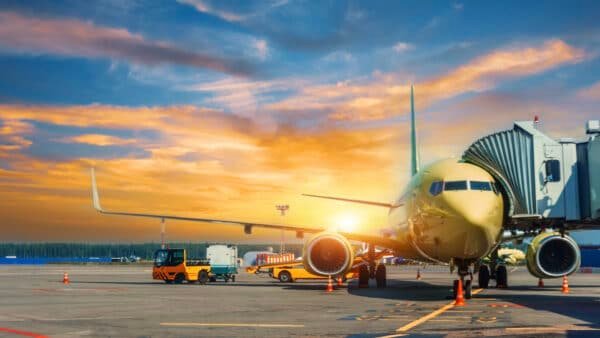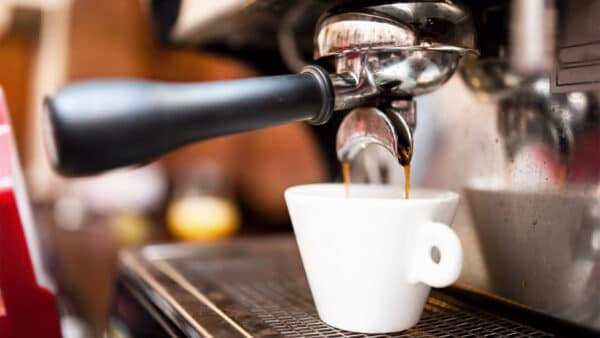Your plane arrives late, and customs and stuff takes a while. But that’s OK. You’re here! Italy – you’ve waited and saved, planned and prepared. Everything is OK now that you’re on the ground in the country of your dreams. But you’re still exhausted…

You finally fall into bed. Whoa! You only wake up when the sun shines straight into your eyes through curtains you forgot to close just 5 hours ago and the sound of morning life is in high gear just below your window. It’s after 11 o’clock!
The clothes you picked for first day are perfect. The new shoes are broken in and ready for a day of exploring. All you need now is some caffeine. You’re in Italy. No brainer. There’s a perfect coffee bar next door to the hotel. You smile as you take your seat and the server nods.
You’ve practiced for months. “Un cappuccino, per favore.” You’re proud of that one! The server stares from tilted head. Is it confusion? You try again, slowly. “Un cappuccino, per favore.” Do you see a bit of disdain in the server’s raised eyebrow? “Per favore?”
With a sigh and a head shake, the server just replies, “No. No cappuccino. Americano, force?”

You didn’t come all the way to Italy to drink something named after your grandfather’s inability to drink espresso. But you don’t want to make a scene. You humbly nod and whisper, “Grazie.”
You’ve just learned a sobering truth. When Howard Schultz brought the Italian coffee experience to the US, dressed it in green aprons, and gave it to us 24/7, he skipped a couple details. Like how, when, and where.
Here, for your edification and protection from future embarrassment, is a make-up lesson.

Coffee bars are basically cafes, even though they may say “bar” outside. Prepare to pay first, then go to the barista to have your drink made. The local way to enjoy your drink is standing at the bar. No real hurry, but you are standing. It’s not time to dally, either. If you choose to sit for more time, you’ll likely pay more.
I hope you did your homework! Ordering your drink by the correct name is polite and honors the culture and the work of the people who are serving you. See our list below.
Don’t mistake standing at the bar for “take away” or “to go.” The actual moment of consumption is meant to be savored, not lost in movement or decision-making.

You should have said “grazie” at least four times by now.
Down a small glass of water before you enjoy your coffee drink. The idea is to cleanse your palate, to prepare it for an experience you’ve probably not had at home. Plus, it’s always good to hydrate first.
Milky drinks are for the morning. (That’s why the server said “no” when you wanted cappuccino after 11.) Milky drinks are not for after meals, either. Italians – and some scientists – think that milk stresses the stomach if taken after eating.
Of course, you can get whatever you want whenever you want it – at the appropriate touristy spots. But you came to Italy for an Italian experience, right?
Now, what to order? Un caffè, per favore. Perfect! But don’t expect a cup of drip coffee. You just ordered what we call in the US a shot of espresso. It is the basic coffee unit of Italy. And it’s eSpresso, not eXpresso. But you really don’t need to worry about that, as it’s not what you order anyway.
(Just in case you don’t know: drip coffee sends water through the ground coffee. Espresso sends steam through. It collects into the liquid that we drink.)

Your caffè will not have milk or sugar. However, you can order it one of two ways:
Ristretto is a short espresso with less steam having passed through the ground coffee.
Lungo is a long shot: there will be more liquid as twice the amount of steam as in the ristretto is used.
Caffè Doppio is a double shot of espresso, not twice the water but twice the ground coffee.
Caffè Macchiato has just a bit of milk froth on the top. The espresso is “marked” with the milk. It’s OK to order this after 11am!
Caffè Americano. An unproven but widely believed history is that American soldiers during the World Wars found espresso too strong for their tastes. They added water to the shots, and the Americano was born. While this may look like “a cup of coffee,” it is not a drip coffee and will not taste the same. But it will be vaguely familiar to your palate if you think you must have a back home style cup.
Cappuccino is equal parts espresso, steamed milk, and milk froth or foam. It’s the classic sit-down breakfast drink.
Caffè Latte is similar to a cappuccino, but with less foam. Be sure to ask for the caffè in your latte, or you’re likely to get a cup of steamed milk!! And, yes, this is a breakfast drink.
Caffè Freddo, for you iced coffee fans, is espresso blended with sugar then refrigerated for several hours. You can ask for no sugar. And there is a Cappuccino Freddo, as well. These are usually available only during warm months.
Final Thoughts
These are your basic “coffees” in Italy. But each region has specialty drinks, its own blend and roasts, and lots of pride in its offerings. So be sure to take time to explore these.
